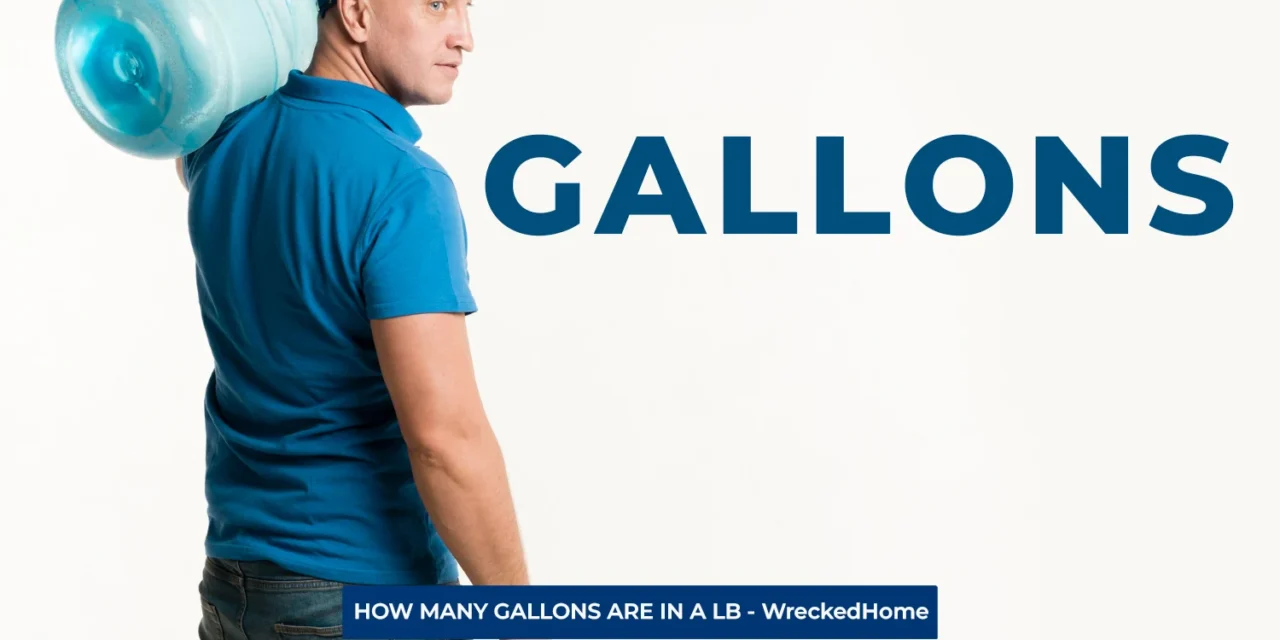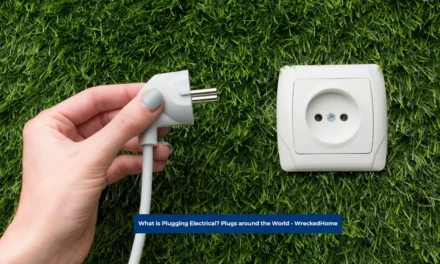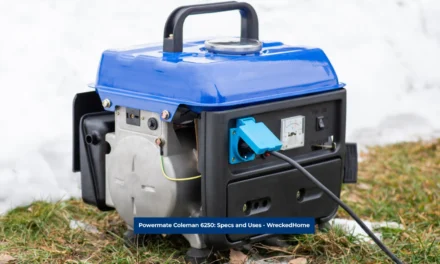Do you know how many gallons are in a lb or pound? People take measurements very seriously. Taking the wrong measurements can cause big troubles in real life. For centuries, the need to understand measurements has been crucial, and the system of measurements and units remains in constant change. The same is the case with gallons and pounds which often brings the query of how many gallons are in a lb.
People believe that there are no gallons in lb or pounds. Gallons are a unit of volume while lbs are for weight and there is no fixed number that tells you how many gallons are in a lb.
Overall, the weight of a gallon of liquid changes with the material or liquid density.
Let’s discuss how many gallons are in a lb in this guide. We will further explain what these terms are and how can you calculate and convert them?
What is Gallon?
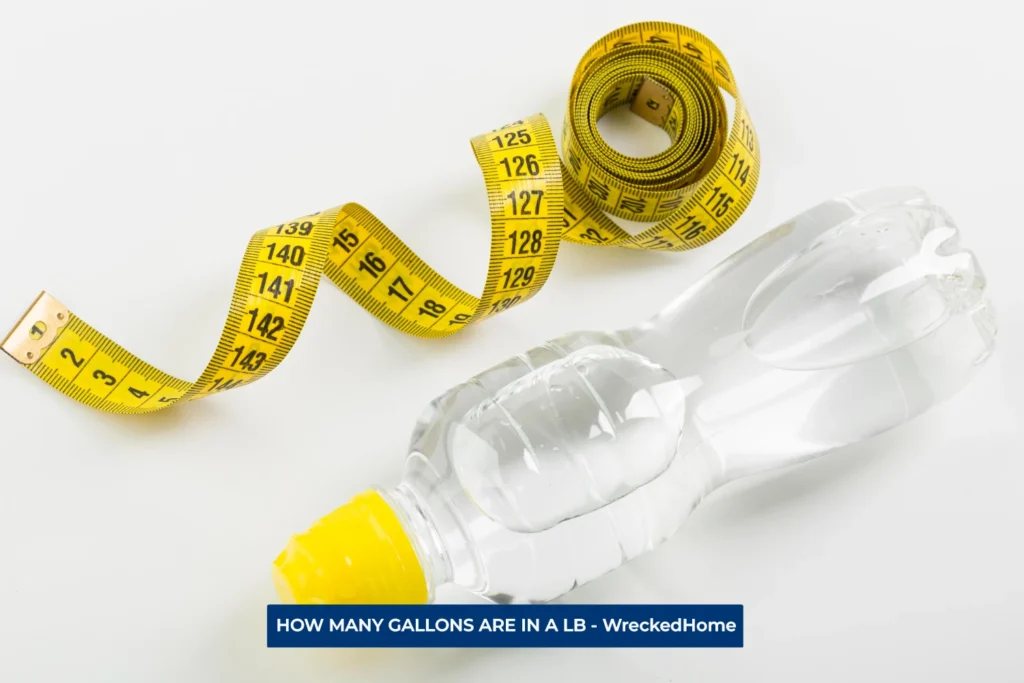
It is the unit of liquid capacity in US customary and imperial measurement systems. Gallons have different size variations, and it depends upon types of gallons. US liquid gallons are equal to 0.833 UK gallons in metric system and equal to 3.785 liters. It is unit of fluid volume that is equal to eight pints, four quarts, and sixteen cups. The US liquid gallon is different from US dry gallons and imperial gallons, which are different types of measurements. Gallons are most commonly abbreviated as gal. What is gallon equal to in many measurements? Let’s check in detail.
Liquid Gallon
- It is 128 fluid ounces in the US customary system and equals 231 cubic inches.
- UK gallon is 1.2 US liquid gallons in metric system and is equal to 4.546 liters.
Dry Gallon
- According to metric system, the US dry gallon is equal to 0.969 UK gallons and 4.546 liters. It is equal to 148.9 fluid ounces in the US customary system and equals 268.8 cubic inches.
History of Gallons
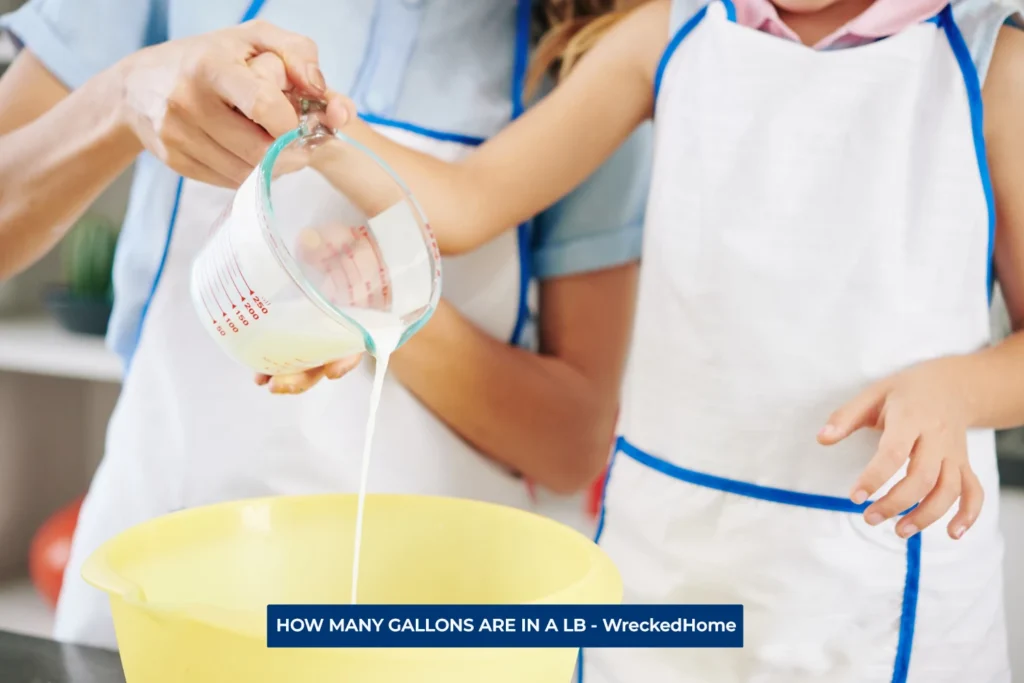
The word gallons is derived from old French word Galon. The meaning of it is a liquid measurement unit. It has been used since ancient times to measure various liquids and dry goods. Gallon shape and size are different depending on type and quantity of goods, material availability and customs of different regions and countries.
A gallon unit of measurement dates back to medieval times. It was established in European system of measurement. The first standard size of gallons was used and based on wine gallon. It measured and divided liquids and dry goods in larger amounts. Until 20th century, gallons were mostly widely used as a measurement unit.
However, with time, many countries adopted the metric system of measurement. This new system replaces the gallon gradually and uses units like kilograms, liters, etc. But if you search in detail, gallons are still a vital measurement unit especially to measure specific types of liquids and dry goods. Among such countries are the United States, the United Kingdom and its former colonies
Where are Gallons Used?
Countries and regions that use the US customary system or imperial system of measurement mainly use gallons for measurement. They are specially used for measuring and adding liquids such as water, milk, oil, and dry goods such as nuts, grains, fruits, etc. But in some countries that use metric system of measurement, like Australia and Canada, gallons are not commonly used for measurement. In these countries, they use units such as kilograms and liters.
What is Pound?
It is unit of weight in the United States. The National Bureau of Standards provides and approves the international definition of pound for use. It was acceptable in the United States in 1959 after an agreement between six nations according to International Yard and Pound Agreement.
One pound equals 0.45359237 kilograms and 16 ounces. According to avoirdupois or apothecaries systems a single pound equals 7,000 grains. A pound is an imperial and US customary unit of mass. It is sometimes also referred to as a common ounce. It can be abbreviated as lb and sometimes abbreviated as lbm or #. For example, 2 pounds can be written as 2 lbs and 1 pind can be 1 lb or 1#, 1lb.
More often, it is referred to as unit of weight but technically, it is a measure of mass and weight is a measure of force. Both of them are equivalent as we perform calculations on Earth. It means if the weight of an object is 1 pound on Earth, it only weighs ⅙ on moon irrespective of the same mass. Read our helpful guide about How To Read A Micrometer.
History of the Pound
Pound history goes back to ancient Rome as a mass of bronze bars called Libra. It is divided into 12 ounces. Later it was adopted by various regions and countries in Europe such as England, Germany and France with different values and subdivisions.
Pounds are based on the avoirdupois system that was developed in the 13th century in France and England. It became standardized in 1959 during an agreement where the amount was fixed as equivalent to 0.45359237. Canada, the United States, New Zealand, Australia, and South Africa were part of this agreement. Pounds and other units like ounce and ton were added to imperial system of measurement in 19th century. The International System of Units (SI) adopted this unit in 1960.
Where Pounds are Used
It is widely used in the United States and some other important countries specifically that have historical ties with Britain like Canada and Australia. You can measure the weight of people, animals, food, clothes, and other everyday items. The best example is an adult male in United States who weighs about 198 lbs. You can measure some physical quantities like pressure, force and torque.
How Many Gallons Are In A Lb
If someone asks for a fixed number or amount of gallons in a lb, then answer is no. There is no specific amount. How many gallons are in a lb depends upon substance being measured as the density of each substance is different from the other one.
The factors that affect the answer of How many gallons are in a lb are below:
- What type of substance are you measuring
- Density is mass per unit volume and the density changes with temperature and pressure.
- Temperature has an effect on item’s weight thus affecting the gallon to lb calculations.
- Gasses also become less or more dense due to pressure.
- The specification of each item also plays an important role.
Visit our store for 10% off our Save Home Energy products here.
What Is The Relationship Between Gallons And Pounds?
The relationship is based on the measurement of density of substance. Denser substances weigh more volume per unit while on the other side, less dense substances have less weight per unit volume. In this case, water is used as a reference point to check the relationship. For example, one US gallon of water at the highest density about 4 degrees Celsius weighs approx. 8.34 pounds.
The relationship between gallons and pounds can be better explained by using a specific formula. Weight (in pounds) = Volume (in gallons) x Density (in pounds per gallon)
Different liquids and materials have various densities therefore, we can say that weight of one gallon of a specific substance is different from one another. To explain it better, we have an example of a gallon of water. The water in one gallon is equal to a gallon of milk and orange juice. However, gallon of gasoline weighs 6.3 pounds and a gallon of honey bees weighs 13 pounds. Also, read our guide about AMPS to MILLIAMPS
Why Is It Useful To Know How Many Gallons Are In A lb?
It is useful to know how many gallons are in a pound. Let’s find out these details.
Efficient Resource Management:
Conversion helps to manage resources efficiently. It is specifically important in agriculture to determine the amount of water in gallons. These measurements are essential to irrigate crops based on their weight in pounds.
Cost Estimation:
It is also useful in cost estimation in different industries such as manufacturing and shipping. If you know about the weight-to-volume ratio, it can assist you in calculating shipping costs, product pricing and materials.
Food Industry:
It plays a vital role in the food industry, especially in creating recipes. It helps to deal with ingredients that have different measurements and densities. Due to these measurements you will get consistency in taste and quality.
Environmental Impact:
Through the conversion, you will get environmental assessments such as understanding the water footprint of a product. Its importance is increasing in sustainability and Eco-conscious practice.
Health and Fitness:
When you are planning a diet it aids in portion control and dietary planning. Individuals who make diet plans can make more informed decisions about their food and water intake.
Chemical and Pharmaceutical Industry:
These conversions play a major role in calculating the dosage in chemical and pharmaceutical manufacturing. It will make sure the right amount of ingredients is used to maintain product integrity.
Construction and Architecture:
Construction projects require proper and precise decisions regarding concrete or liquid material mixing. You will get structural integrity and quality.
Safety and Compliance:
Understanding the weight of liquid in gallons is crucial in transportation and storage safety measures. It ensures compliance with safety measures.
FAQs
How Many Gallons Are In A Lb Of Water?
There are 0.12 gallons in pounds of water. This particular conversion is based on the density of water at 39.2 degrees Fahrenheit (4.0 degrees Celsius), which is 8.345404 pounds per gallon.
To check it more precisely and remember this conversion factor, we have a simple way
1 pound of water = 0.12 gallons. If you have one pound that means it can be divided into 0.12 gallons. On the other hand if you have 0.12 gallons of water, multiply it with 8.345404 to get one pound of water.
How Many Gallons Are In A Lb Of Other Liquids?
The value of gallons is different from a pound of different liquids. This is just because different liquids have different densities. We can explain it in a way that a gallon of water weighs 8.345404 pounds, while a gallon of milk weighs 8.59 pounds. Therefore, it means there are 0.12 gallons in a pound of water and 0.116 gallons in a pound of milk.
How Many Gallons Are In A Lb Of Solids?
When it comes to solids, there is a zero gallon in a pound of solids. Solids have density which is a measure of mass per unit volume. Solid cannot be Measured in gallons because it doesn’t have volume.
Conclusion
How many gallons are in a lb? This question is crucial to know because mostly people think that a lb to gallon conversion is easy. Unfortunately, this question is more complicated than it seems. There is no fixed amount to answer this question. We have discussed the best answer in detail in this guide and we hope you have become more informed on this subject.
For any repairs, installations, builds, or questions; We recommend you to hire a professional. Find A Pro Near You Here!

